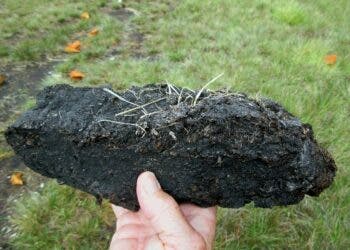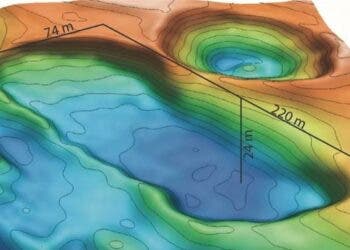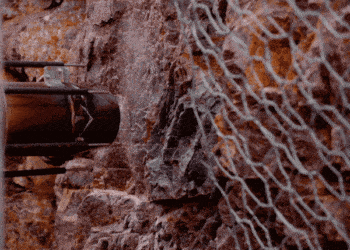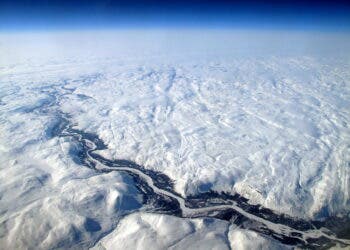After the US Congress opened the Arctic National Wildlife Refuge in Alaska to oil and gas production — a long-sought goal of Republicans — fossil fuel companies are moving on start surveying the region, and move on to drilling as soon as possible.
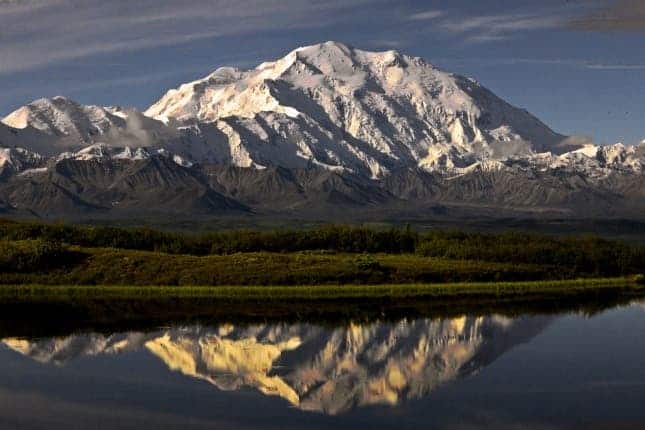
It’s an almost cartoonish situation: the corporations are pushing for the production of oil in a pristine, Arctic environment. Arctic Slope Regional Corporation and Kaktovik Iñupiat Corporation, two Alaska Native companies, have applied for a permit to begin seismic surveying. The surveys would reveal the most oil-rich areas, as well as the best areas to drill in.
Of course, unlike in cartoons, the situation is much more complex in real life. Companies promised that the entire process will be “environmentally sensitive” — but leaked documents revealed that the Fish and Wildlife Service already rejected the initial plan as “not adequate,” noting its “lack of applicable details for proper agency review.” If the prospection surveys were deemed inadequate, one can only imagine under the conditions in which the actuall drilling would be carried out.
Meanwhile, environmentalists are still fighting to keep the Arctic refuge clean, but, without political support, they’re fighting an uphill battle. The area the companies want to explore includes the location of the calving grounds of the Porcupine caribou herd, which are economically and culturally important for local Gwich’in First Nation. The proposed area is also a sanctuary for the Gwich’in First Nation people — they don’t even visit it, not wanting to risk any damage.
But companies aren’t much interested in this, and they’re moving fast. This speed is also rather unusual.
“Why can’t they just wait to have more information?” Gwich’in Steering Committee executive director Bernadette Dementieff told Earther. “The oil isn’t going anywhere. There’s nothing wrong with waiting. It makes no sense to rush.”
The likely reason is that the companies probably fear a change of policy. The oil-rich area was closely watched by companies for decades, but despite intensive lobby, administration after administration (be it Republican or Democrat) has refused to allow exploration — until now. The current administration has been remarkably unconcerned about environmental efforts and has passed almost everything the fossil fuel lobby has asked for. It makes a lot of sense to worry that a more responsible administration will undo many of these measures.
Meanwhile, local communities and environmentalists are struggling to find solutions. They weren’t even aware of the applications until contacted by Earther.
“That is completely insane and disrespectful,” Dementieff said, adding that she believes the Native communities in Alaska will rally together to stop the drilling from ever occurring. “We’ll go to every courtroom. We’ll go to every community meeting. We’re not giving up. We’re not going to allow them to destroy the calving grounds.”
For now, the only thing that’s stopping surveying is the inadequate plans of surveys. That may soon change.
